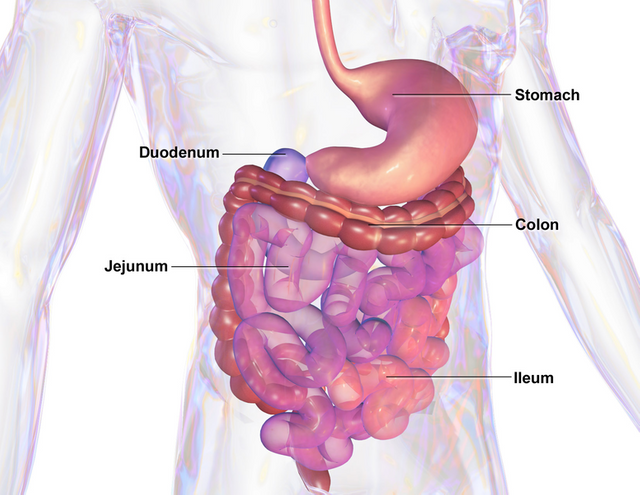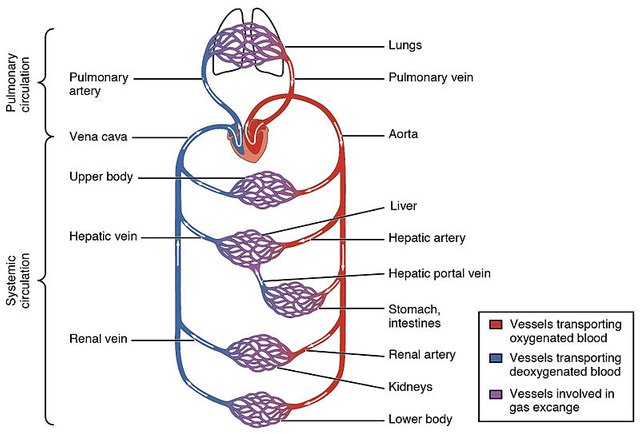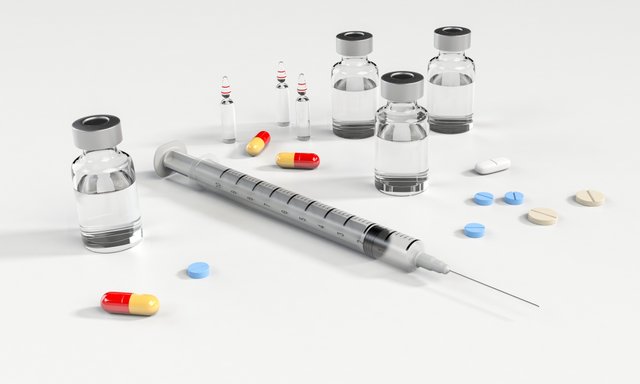Biotransportation and the underlying mechanisms in the transfer of chemicals(Drugs) across biological barriers in the body
The intensity of these measures depends much on the concentration of the drug at the sites where it acts. Cos administration of any drug provokes a series of events within the body. Drug produces effect only when it reaches it's site of action. Only few drugs which act locally come in contact with the body near their sites of action, while most other drugs are introduced at sites far away from their loci of action. Therefore drugs must be transported from where they are administered to the tissues of cells where their effects are manifested.
For instance ibuprofen swallowed to relieve headache or Flurazepam swallowed to induce sleep must move from the initial place of contact gastrointestinal tract to their respective sites of action in the brain to produce their characteristic effects. For drugs to achieve this it must pass through many biological barriers in the cells and tissues. Although transport processes can account for the passage of drugs across biological membranes that present barriers against their movement, they can hardly explain movement over any great distance.
TRANSPORT MECHANISM OF DRUGS THROUGH ABSORPTION
Before a drug can act within the body, it must be absorbed into the blood stream from where it is carried to its site of action. The rate at which a drug reaches it's site of action depends partly on its rate of absorption. Absorption rate in turn, is determined by the rate of translocation of the drug across specific barriers interposed between the sites of absorption and action. The route of drug administration determines the number of these interposed barriers and hence influences the rate of absorption.
Most drugs taken by mouth are absorbed from the gastrointestinal tract and then act systemically. Before a drug contained in a tablet or capsule can be absorbed, the dosage form must disintegrate, that it breaks into smaller particles. Then, these smaller particles dissolves in gastric juices. Only after dissolving can a drug be absorbed into the blood circulation. Once absorbed and circulating in the blood, the drug is said to be biologically available or bioavailable and ready to produce an effect.

wikimedia commonsHuman gastrointestinal system
Oral solutions which by pass the need for disintegration and dissolution are usually absorbed more rapidly. After oral administration, whether absorption is complete or not depends so much on many factors such as the physiochemical properties of the drug (whether the drug is acidic or basic), the formulation of the drug (whether solid or liquid or powered). Some drugs are absorbed more rapidly from the subligual and rectal routes than oral routes. Drugs administered via these routes are not changed by the digestive processes, and also avoid passage through the liver before entering the blood stream.
The rate of absorption and the effectiveness of sublingual administration is well illustrated by the rapidity with which nitroglycerin relieves the pain of angina pectoris. Nitroglycerin placed under a patient tongue usually acts within two minutes to terminate attack. The same amount of drug is completely ineffective if swallowed since it must pass through the liver before reaching it's site of action.
Absorption of drugs also occur in the respiratory tract. Most gaseous and volatile agents for either stimulation of respiratory or production of general anesthesia are given by way of the respiratory tract. The rapidity of absorption by the lungs makes special treatment by inhalation a useful and life saving means of self medication in acute attacks of asthma.
Absorption of many drugs from subcutaneous sites of administration is faster than that from oral route. Subcutaneous injection by pass the epidermal barrier since the drug is placed below the dermis directly in contact with channels into the general circulation. The rate of capillary blood flow is the major factor determining the rate of drug entering into circulation. The more the blood vessels in the subcutaneous area, greater the rate of absorption. Increasing the rate of absorption from a subcutaneous sites is usually achieved by increasing the total surface area over which absorption can take place. Gentle massage following administration may help spread the injected solution over a wider area so that the drug come in contact with more capillaries.
Absorption from intramuscular site is similar to that of subcutaneous site. The major barrier is the capillary wall. Just like subcutaneous administration, intramuscular administration provides for relatively rapid absorption of drugs, since the epithelial barrier is by passed. Absorption is also more predictable and less variable than the alimentary canal. The intravenous route completely by passes absorption since the drug is introduced directly into the blood stream. This route represents the most rapid means of introducing drugs into the body. It has its greatest value in the treatment of emergencies and when absolute control of the amount of drug administered is essential.

Wikimedia commonsThe systemic circulation
DRUG DISTRIBUTION PROCESSES IN THE BODY
Following absorption the drug moves from the circulation to various body tissues and fluids. This is known as distribution. The total body area or body fluid to which a drug is distributed is known as the volume distribution. Since drugs are distributed by the way of the blood stream, the amount of drug distributed to any body tissue or organ depends partly on the blood flow to that system. Thus organs like the liver, kidneys and brain which are more rapidly perfused, will in principle have higher concentrations of any drug when compared to less perfused tissues like the muscles.
DRUG METABOLISM AND EXCRETION PROCESS
The Metabolism of most drugs takes place in the liver while few drugs are destroyed by the gastric enzymes. Metabolism of drugs results in most cases to less active metabolites or products. However some drugs are metabolised to activate even more active metabolites (e.g codeine to morphine).
There is individual variation in the rate with which drugs are metabolised. In some individuals, the rate of metabolism is so quick that their serum and tissue concentrations become therapeutically inadequate after a normal dose. In others the rate of metabolism may be so slow that ordinary doses can accumulate to toxic levels. Since most drugs are metabolised by the liver hepatic diseases may affect one or more of the metabolic functions of the liver. In patients with liver malfunction, the rate of metabolism of drugs may be decreased or remain unaltered. Thus patients with hepatic diseases must be monitored for drug effects and in principle most drugs are contra indicated in the liver diseases.

Wikimedia commonsXenobiotic metabolism
When the excretion of drug is impaired the drug dosage or the frequency of administration has to be reduced in order to account for the reduced elimination. Failure to do so may result in the accumulation of the drug which in turn may lead to toxic effects. Some drugs can block or promote the renal excretion of other drugs causing them to accumulate and enhance their effects or causing them to be too rapidly excreted and so diminish their effects.


Which measures were you talking about here? If you are going to copy, at least start with a sentence that won't sell you out.